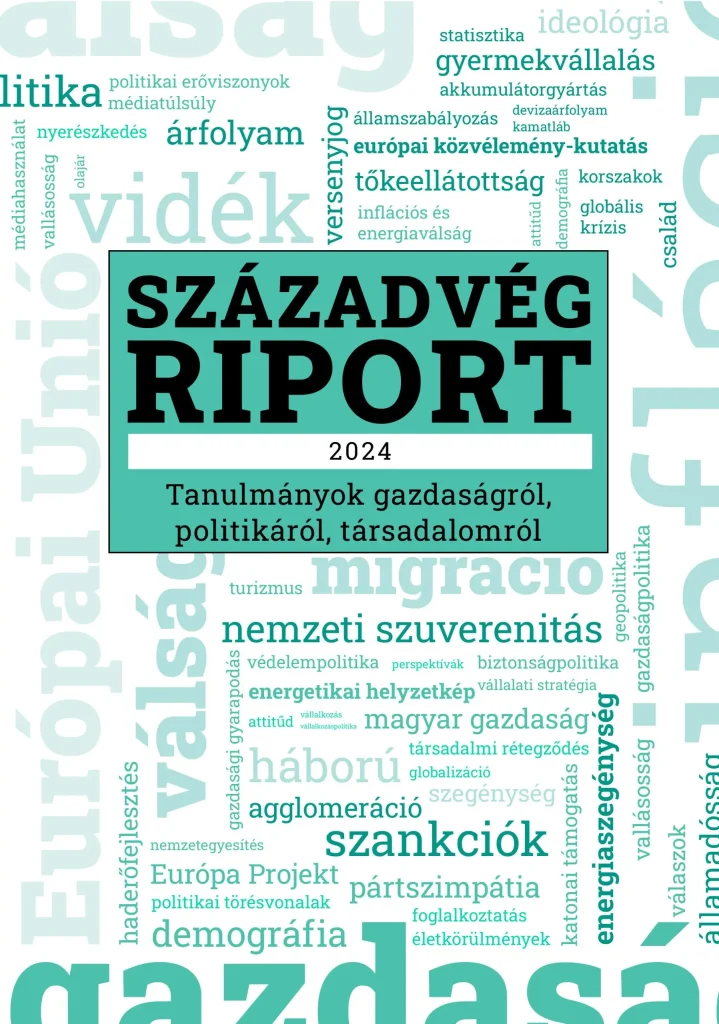The decisive factor in global developments is the Russian-Ukrainian war and sanctions measures, which have led to uncertainty about gas supplies in Europe and a significant increase in energy prices. On a positive note, supply difficulties that initially caused uncertainty did not lead to gas shortages in Europe. On the negative side, energy price developments remain subject to high uncertainty, while oil and gas prices have also declined in recent months. At the same time, inflation has risen at a lower pace in the European Union and the eurozone in recent months. Regarding domestic inflation developments, inflation is expected to peak in the first quarter of 2023 and then decline. Thus, by the end of the year, inflation could reach levels below 10 percent, which is estimated at 17.5 percent annually. The rate of monetary deterioration could moderate to 4.5 percent in 2024.
Last year, monetary policy became stricter to deal with rising inflation: the central bank gradually raised the base rate and overnight deposit rate, and increased the minimum reserve ratio. We expect that the overnight deposit rate continues to be the tool that allows the central bank to react flexibly to the rapidly changing market environment, while the base rate is unlikely to rise further. The base rate or the interest rate on the policy instrument may decrease as inflation moderates. The central bank’s inflation target is expected to be reached after 2024.
In terms of economic developments, we expect a growth of 0.6 percent this year, after 4.6 percent last year, which can be followed by an annual growth of 3.4 percent in 2024. Consumption is likely to decline at the beginning of the year as a result of assumed real wage declines and high inflation expectations. In addition, the uncertain economic outlook and high interest rate environment may lead to subdued private investment this year. The decline in investments may be mitigated by the focus on energy modernisation projects and state-funded military industrial developments. Taking these effects into account, we expect domestic demand to decline by 1.4 percent in 2023. The strongest decline may occur in the first half of the year, however, towards the end of the year domestic demand is expected to gradually increase, which means an annual increase of 1.6 percent year-on-year by 2024.
As a result of the fiscal adjustment announced at the end of last year, we expect subdued growth in government spending at the beginning of this year. On an annual basis, however, government spending could increase by 1.3 percent in 2023 and 2 percent in 2024.
We currently expect the general government ESA deficit to reach 3.9 percent of GDP and the cash flow deficit to reach 4.5 percent of GDP in 2023, as planned by the government. Since the presentation of the draft budget in December, no significant deviations have emerged that would justify an alternative budgetary forecast. According to the government forecast, the gross government debt-to-GDP ratio will fall to 69.7 percent by the end of the year.
Domestic export growth in 2023 will be strongly influenced by developments in foreign demand and the high base effect of the previous year. As a result, export output is expected to rise by 1.8 percent in 2023, while export volumes could increase by 4.5 percent in 2024. Import dynamics are mostly influenced by domestic demand and export performance: import volumes are expected to fall by 1 percent in 2023 and increase by 2.6 percent in 2024.
